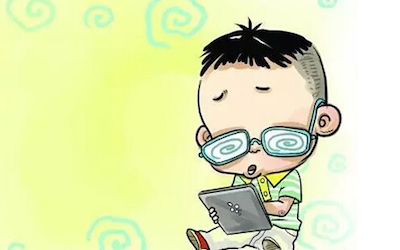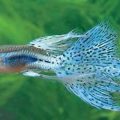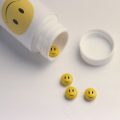PTE考生目前最大的问题之一就是练习题缺乏。除了有限的基本官方书(PLUS,Testbuilder, OG)之外就没有题了。很多英语基础不是很扎实的同学很难找到练习材料。悉尼文波雅思PTE培训学校专门为澳洲,尤其是悉尼、墨尔本的PTE考生准备了适合PTE听力阅读练习的科学60秒。各位PTE同学可以练习PTE听力中的summarise spoken text和PTE口语中的retell lecture,PTE听力口语-科学60秒-Frosty Moss练习记笔记技巧和复述。废话少说,下面开始:
听力内容:
60秒科学节目(SSS)是科学美国人网站的一套广播栏目,英文名称:Scientific American – 60 Second Science,节目内容以科学报道为主,节目仅一分钟的时间,主要对当今的科学技术新发展作以简明、通俗的介绍,对于科学的发展如何影响人们的生活环境、健康状况及科学技术,提供了大量简明易懂的阐释。
This is Scientific American — 60-Second Science. I’m Steve Mirsky.
Got a minute?
“So we’re inside, we’re in fake lighting, we’re not spending as much time outside in the context in which our visual system evolved.”
Amanda Melin, assistant professor of anthropology & archaeology and of medical genetics at the University of Calgary. And all that sitting inside in dim light staring at screens has led to an epidemic of myopia—nearsightedness—among young people.
“The myopia epidemic is particularly strong in Asia and in urban Asian environments, where it is increasing to be upwards of 90 percent of teenagers are myopes.”
Melin spoke February 20th at a press briefing at the annual meeting of the American Association for the Advancement of Science in Boston.
“So to be sure there’s a genetic component, my father had glasses I have glasses. But we’re increasingly realizing that the environments in which we’re spending our time are playing a major role.”
“And so a cohort study where some school age children were given 40 minutes or more time outside, those children had a 23 to 50 percent less likely chance of developing myopia than students at schools who were not given that same amount of outdoor exposure. And it looks to be dosage dependent, so the longer time you spend outside the less chance you have of developing myopia.”
“So the exact mechanisms are not really known, so we really need a lot more research into this. But another major factor that’s being implicated is near-work activities, so spending our time looking at computers, into microscopes, these things. And then as soon as we leave our work, what are we doing, we’re on our mobile devices, that’s also a very close activity.”
“When we’re engaged in near-focus tasks our eyes are actually working really hard, because the muscles have to accommodate the lens to focus that close. When we look off into a distance that’s when our eyes are relaxing, so there could be something with that as well.”
“When you’re outside, the ambient light is…orders of magnitude brighter outside in outdoor lighting environments, so that probably has a very important role…we need to think about perhaps policies in place to get kids and young adults outside a bit more.”
Thanks for the minute for Scientific American — 60-Second Science Science. I’m Steve Mirsky.
墨尔本悉尼文波PTE原创首发
更多精彩请持续关注微信wenbo_tv3。





